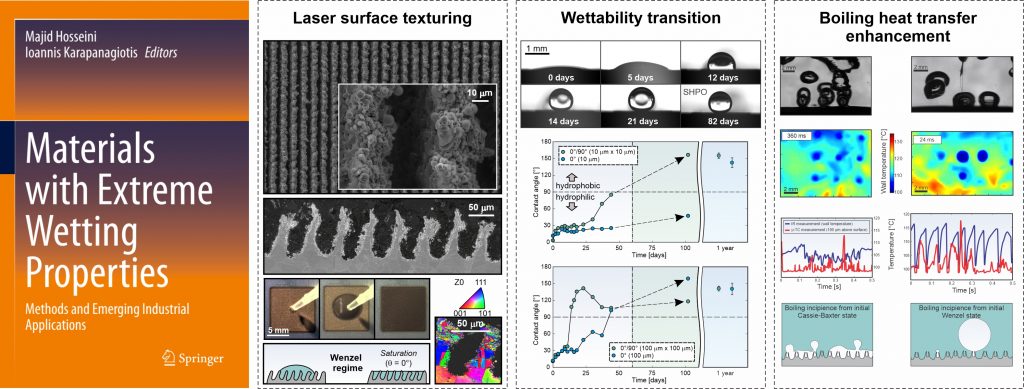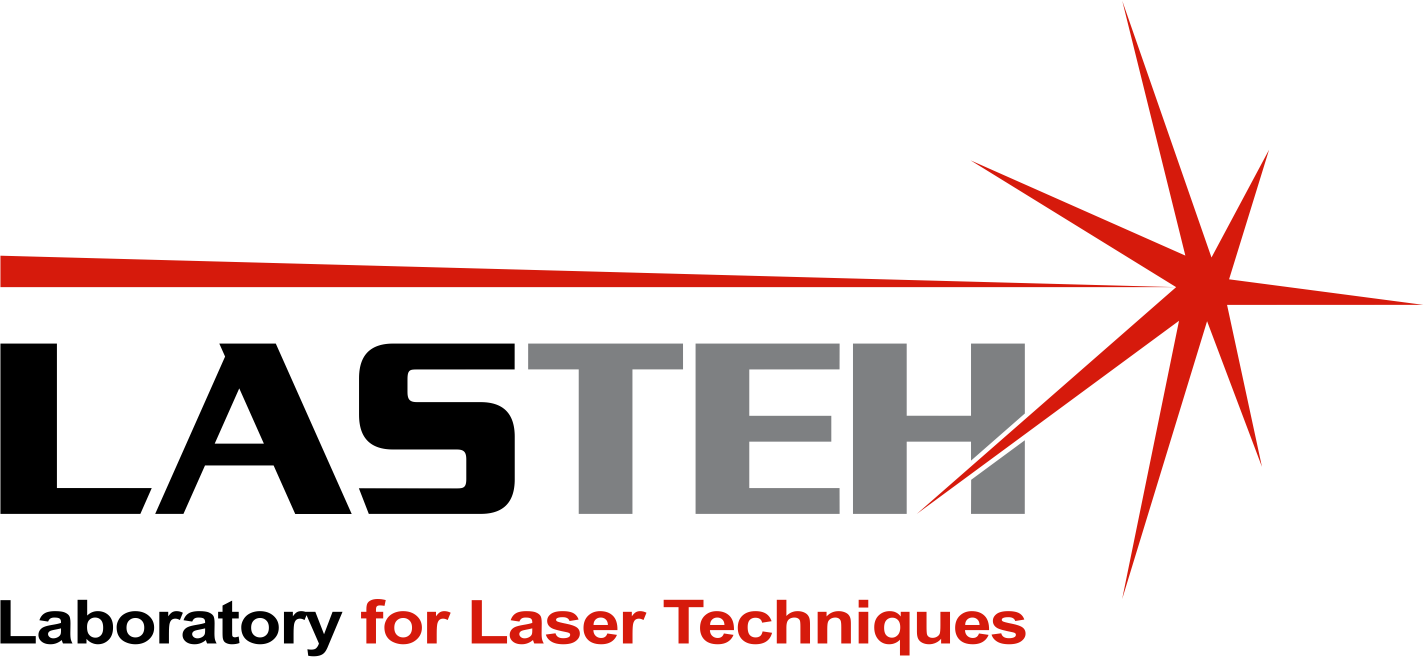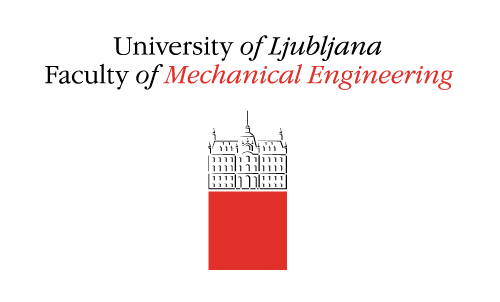Laser Surface Engineering for Boiling Heat Transfer Applications
2. March, 2021 13:25 | Peter Gregorcic | News
Assist. Prof. Dr. Matevž Zupančič from the Laboratory for thermal engineering and Assoc. Prof. Dr. Peter Gregorčič from the Laboratory for laser techniques published a chapter in the book by Springer Nature. In this book chapter, they present recent research achievements of the Faculty of Mechanical Engineering in the field of laser surface engineering for boiling heat transfer applications.

Nucleate boiling is inseparably connected with our everyday life. It is not only utilized in simple tasks like cooking, but it is also important for applications on various scales, ranging from enormous nuclear power plants to miniature microelectronics. This widespread integration is the result of its ability for effective heat transfer at low temperature differences between the heated surface and the surrounding fluid.
Our chapter, published in “Materials with Extreme Wetting Properties: Methods and Emerging Industrial Applications” demonstrates how nucleate boiling enhancement can be achieved on surfaces with various wetting properties and specific micro/nano topographical features, fabricated using a straightforward, robust and scalable laser texturing approach. We discuss the basics of nucleate boiling and how it is affected by surface wettability; provide a fundamental background of laser surface engineering and its ability to achieve extreme wetting properties; and finally demonstrate the applicability of the laser-textured surfaces in enhancing and controlling nucleate pool boiling of different fluids. We show how laser surface engineering decreases the wettability effects on the key boiling parameters and – in this way – ensures more stable heat transfer performance.
Our results prove that laser surface engineering has the ability to overcome the current limitations for further miniaturization of microelectronic devices and has a high potential to increase the performance and safety in high heat flux systems. As always in new emerging technologies, the important still open question remains the long-term stability of new types of surfaces for the boiling heat transfer enhancement. This question is of a great importance, since in real applications, the surface and, consequently, boiling stability is measured in years and not in hours as in the everyday scientific experiments.
The book chapter is accessible at: http://www.doi.org/10.1007/978-3-030-59565-4_12

